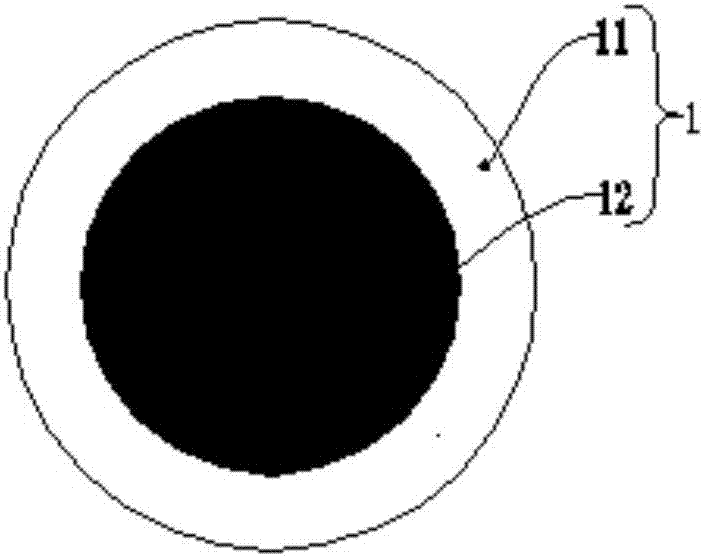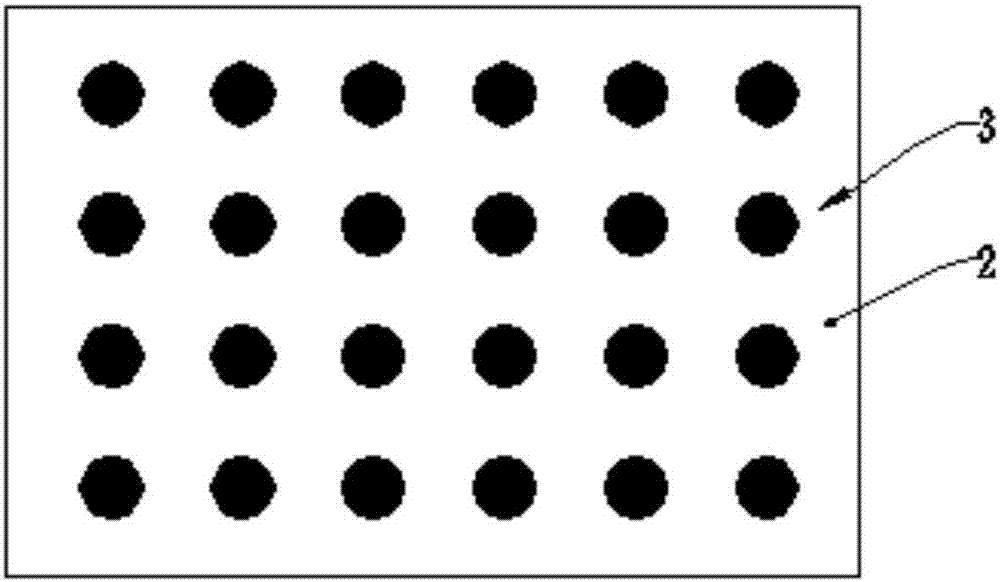Processing method for ladder pore arrays with extremely-small pore diameters
A processing method and stepped hole technology, which is applied in the formation of specific nanostructures, nanostructure manufacturing, nanotechnology, etc., can solve the complex process of the silicon secondary filling and inversion method, the difficulty in meeting high-performance detection, and the difficulty in processing micropore groups, etc. low cost, easy operation and good compatibility
- Summary
- Abstract
- Description
- Claims
- Application Information
AI Technical Summary
Problems solved by technology
Method used
Image
Examples
Embodiment 2
[0082] The method for processing a three-level stepped hole array in this embodiment includes the following steps:
[0083] Step 1: First, select a silicon wafer with a size of 25mm×25mm×0.5mm (length*width*thickness) as the workpiece 2, and put the workpiece 2 into ethanol and deionized water for 30 minutes for ultrasonic cleaning respectively, and then wash the concentrated sulfuric acid Heat the mixed solution with hydrogen peroxide to 120°C, put the ultrasonically cleaned workpiece 2 into it and soak for 20 minutes, rinse repeatedly to remove the acidic substances after soaking, and then put the workpiece 2 into a 60°C cleaning solution made of ammonia, hydrogen peroxide and water. Soak in the solution for 20 minutes, take it out, rinse it repeatedly with deionized water, and then dry it with nitrogen to remove oxides on the surface of the workpiece 2, and finally obtain a clean workpiece 2 with good hydrophilicity.
[0084] Step 2: prepare the first-grade core-shell nanos...
PUM
| Property | Measurement | Unit |
|---|---|---|
| particle diameter | aaaaa | aaaaa |
Abstract
Description
Claims
Application Information
 Login to View More
Login to View More - R&D Engineer
- R&D Manager
- IP Professional
- Industry Leading Data Capabilities
- Powerful AI technology
- Patent DNA Extraction
Browse by: Latest US Patents, China's latest patents, Technical Efficacy Thesaurus, Application Domain, Technology Topic, Popular Technical Reports.
© 2024 PatSnap. All rights reserved.Legal|Privacy policy|Modern Slavery Act Transparency Statement|Sitemap|About US| Contact US: help@patsnap.com










